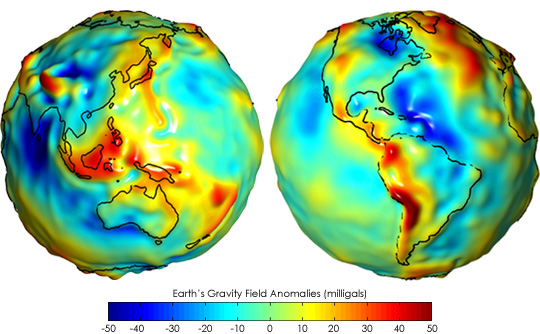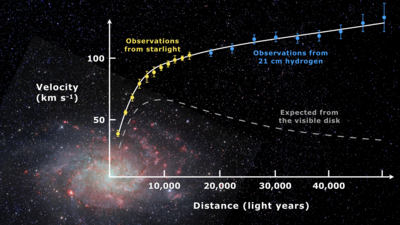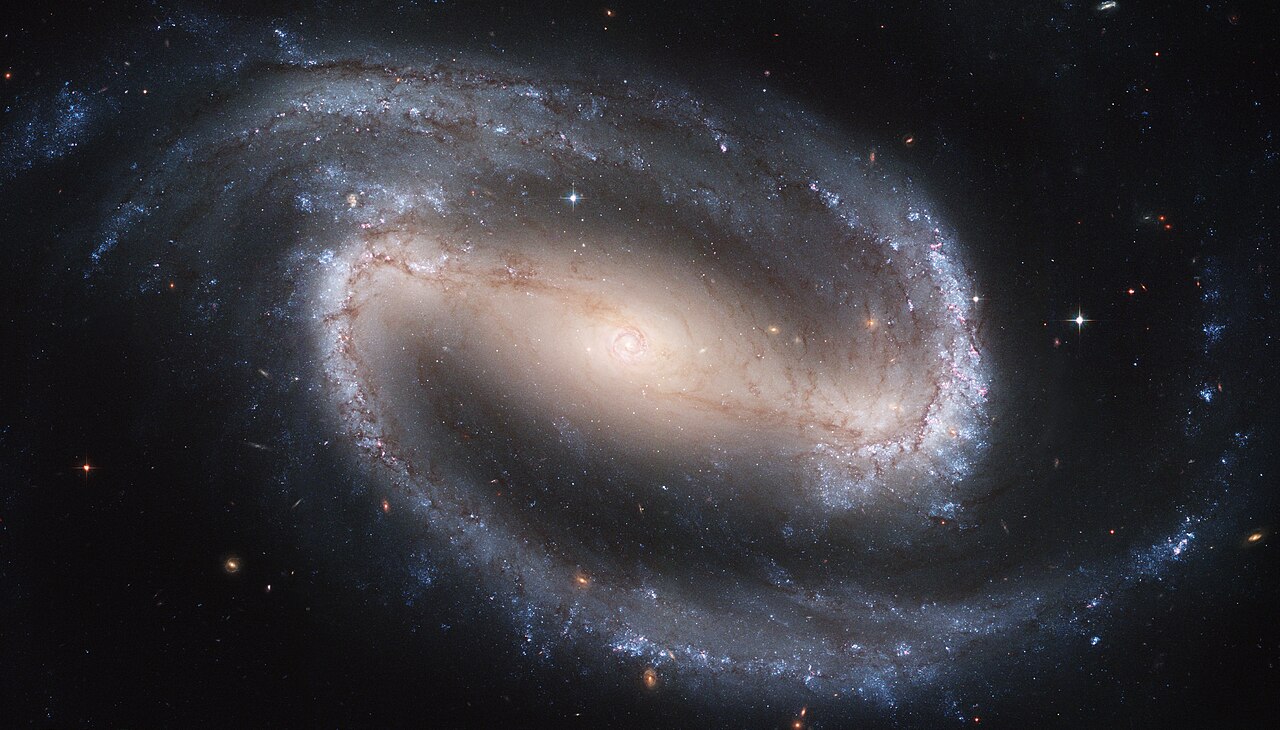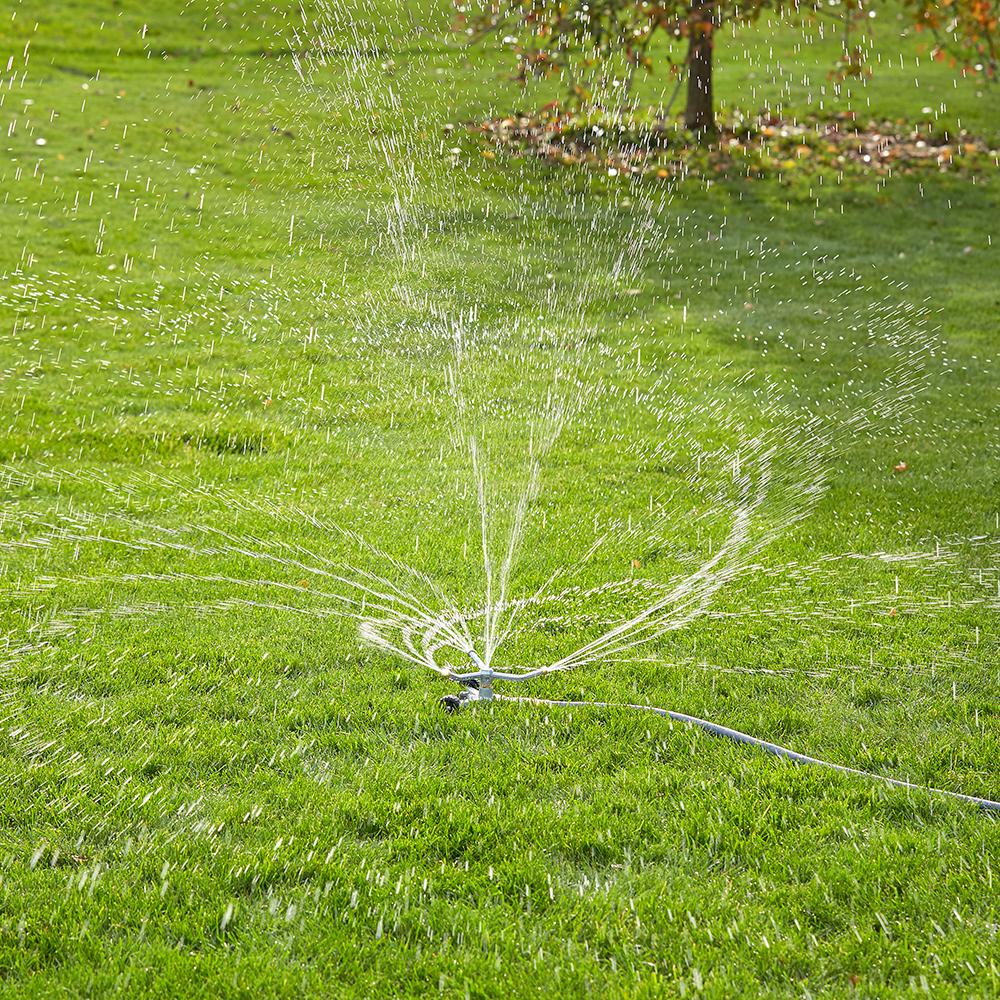Precisely , so leave them out for now.
They move according to the actual Earth atmospheric pressure.
OK, so if the barometric pressure is higher, is the acceleration of things that fall larger or smaller?
And, just to be clear, this should be a consistent relationship between the pressure and the rate of fall *everywhere* and at all times?
I´ve already told you. The prime reason is the orbital velocity pressure on the Earth, the weigth of the gaseous atmosphere and the actual and changes of high- and low weather pressures.
EDIT
Newton´s "g" also varies as the atmospheric pressure.
(The precise strength of Earth's gravity varies depending on location. The nominal "average" value at Earth's surface, known as
standard gravity is, by definition, 9.80665 m/s2.
[4] This quantity is denoted variously as
gn,
ge (though this sometimes means the normal equatorial value on Earth, 9.78033 m/s2),
g0, gee, or simply g (which is also used for the variable local value).
But, to be clear, your prediction is that these differences will be correlated with the barometric pressure, so will also change over time as the weather changes, right?
Local Barometer measuring and these informations -
Atmospheric pressure
OK, that works for the surface of the Earth. Can we also measure this at the 'shock wave' in your picture, which is hundreds of miles above the Earth? Do you predict the pressure there will be more or less than at the surface?
Yes, the Earth rotational centrifugal force; the Earth inner crust motions and tectonic plates collisions and annual temperature changings.
But, for example, on a ball that is falling, there is also air pressure pushing up from below? Or not?
So are you predicting that things will fall slower on the lee side than on the opposite side?
I´m not finish discussing Newtons "g" and, besides for the Moon, I´m not discussing other planetary conditions for now.
OK, we can come back to them.
Well, I indirectly and certainly am indeed.
Yes, depending of the Earth´s actual elliptic location, ref.: Seasonal gravity changes
-
Seasonal gravity changes estimated from GRACE data - ScienceDirect -) And of the actual orbital location of the Moon.
Earth's gravity measured by NASA
GRACE mission, showing deviations from the
theoretical gravity of an idealized, smooth Earth, the so-called
Earth ellipsoid. Red shows the areas where gravity is stronger than the smooth, standard value, and blue reveals areas where gravity is weaker. (
Animated version.)
[1]
Notice that this does NOT change as the Earth rotates: it is only dependent on position. In particular, it is not dependent on the local weather or on whether a location is on the lee side at that time or not. Doesn't this show there is no link with barometric pressure?
These anomalies are not "anomalies" when explained by PRESSURE.
Are you sure? Are you claiming that the barometric pressure should follow the same patterns as the 'anomalies'? Do you have data showing this? In particular, that the barometric pressure is the same at those locations at all times, only changing from place to place?
EDIT These gravitational anomalies clearly indicates that Newton´s "g" is just an unjustified assumption and that such variables fits more logical to changes of orbital and atmospheric pressures.
We're not talking about Newtonian gravity right now. We are only considering the correlation between the observed values of g and the barometric pressure. You have established that g changes from place to place. Now, does the barometric pressure change in the same way?
(EDIT: These seasonal changes is connected to the formation of the Earth from the Sun and also connected to the Milky Way formation of the Solar System and it´s actual location.)
That doesn't support your claim. It shows a correlation between the changes in g and the local density of the rocks. That is NOT a correlation between g and the barometric pressure.
The Earth´s orbital motions affects the Moon when the Moon is on the lee side of the orbital direction of the Earth and the Moon affects the Earth when being positioned in front of the Earth´s orbital motion. EDIT thus causing a higher tidal vawe.
So, we should be able to measure a pressure difference when on the moon, right?
Next, is the lee direction the direction away from the sun OR is it the direction opposite the direction of movement? So, is the moon on the lee side when it is full or when it is a half moon?
Because of the lunar orbital velocity pressure on the Moon.
What is producing that pressure? Remember, pressure is produced by some sort of gas or fluid. What gas or fluid are you claiming in on the moon? If we did a barometric pressure reading on the moon, what should we find?
I said:
When you´ve had your serious pondering, you should be able to differ between assumed and observed scientific forces, which can be explained logically
I appreciate your serious attempts to understand - and thanks for "forcing" me to learn expressing my points of views.
It seems to me that you still have a lot of work to do. You have shown that g varies from place to place, but you need to show it varies *because* of barometric pressure. Since the barometric pressure changes over time, but those variations in g do not, that seems to be a difficulty.




